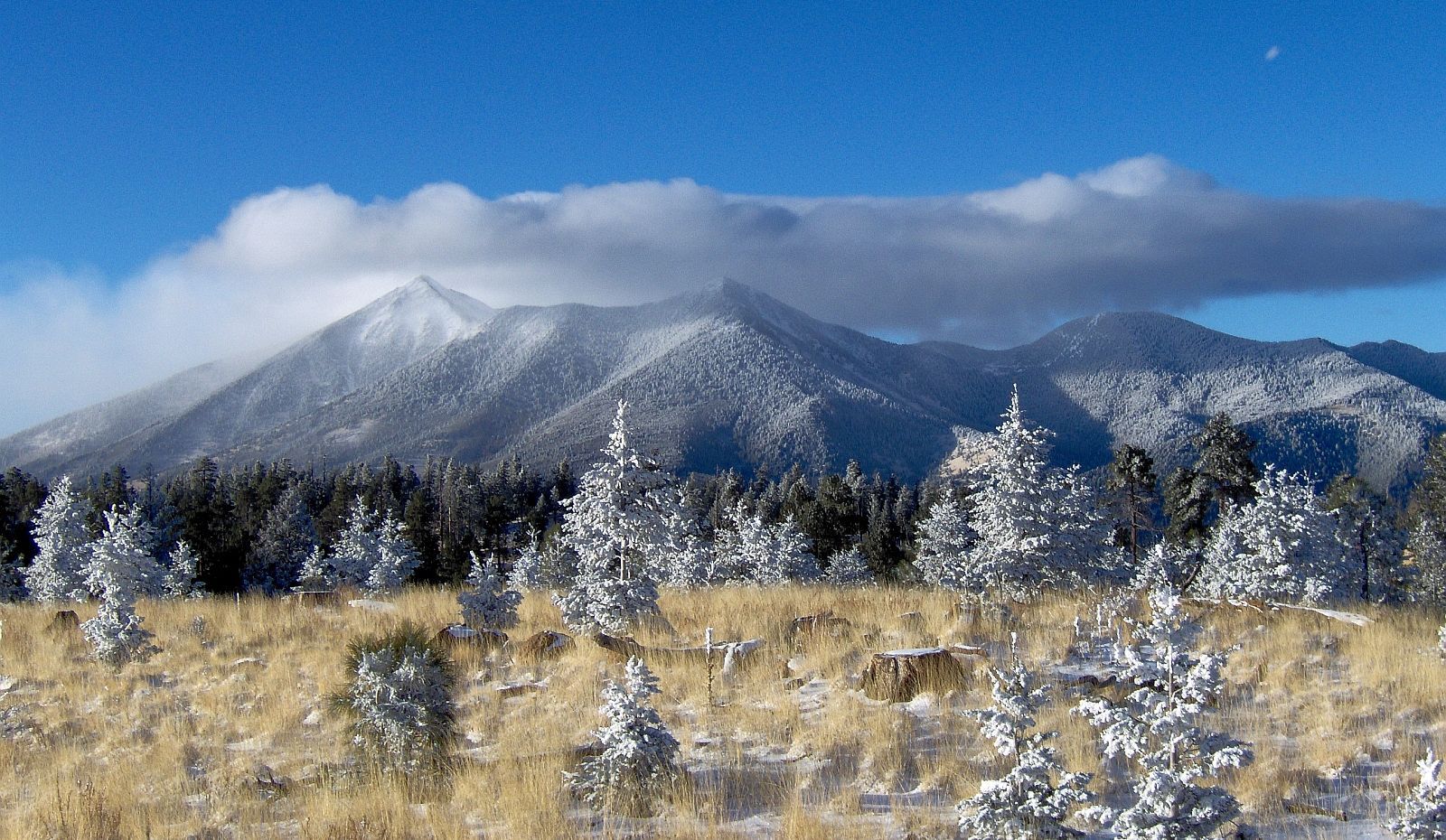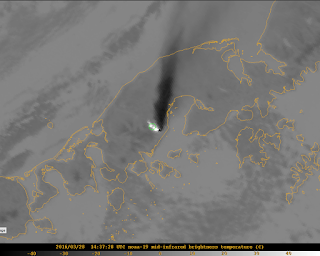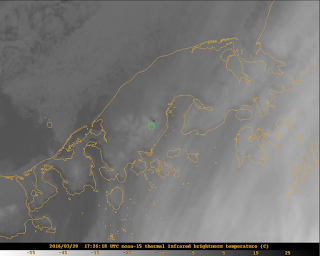Hope you are enjoying snow or sunshine. This post was supposed to be about Mt. Redoubt, but because of the sudden eruption of Pavlof volcano, I decided to discuss Redoubt later.
Pavlof is a strata volcano and pyroclastic cone. It stands 2493 m (8177 ft) high.It last erupted in 2014 when there were thermal anomalies and ash plumes; however, the eruption these last couple of days seems to have had little warning.
 |
| Here is Pavlof's location in the Aleutian arc. |
March 27, 2016
The seismicity picked up only about a half hour before the eruption. A pilot reported the eruption describing an ash cloud of 20,000 ft.
March 28, 2016
Eruption is continuing. The level of seismic tremor is high. Infrasound sensors have gathered data that the volcano is still erupting ash. The ash cloud is now 37,000 ft. Lava fountaining could be seen at night by residents 37 miles away (60 km). There is a warning about mud flows as Pavlof is covered in snow and ice.
The green circle indicates Pavlof in the satellite images. It might be a little off, but you should be able to see the ash plume and the white and black spots revealing thermal anomalies.
March 29, 2016
There is no ash plume showing up on satellite data. Yet, the ash cloud could still affect aviation. Seismicity and infrasound levels have dropped, but the seismic tremor is greater than normal background seismicity. The AVO warns that even though the intensity of the eruption has decreased, the volcano is still capable of erupting with little warning (if any at all).
Here is the seismicity for the last 48 hours.
There were 41 flights canceled yesterday and 14 today. The National Weather Service issued an ash fall warning and the village, Nelson Lagoon has almost received an inch of ash accumulation.
This eruption is just a reminder of the unpredictable nature of volcanoes and the many hazards they pose. I did enjoy looking through the satellite images and realizing I could see the ash cloud. I hipe that I can find more data and information on this eruption as it is so recent.
If Pavlof or one of our other fiery friends wakes up more, I will be sure to report on it.
Rachel































